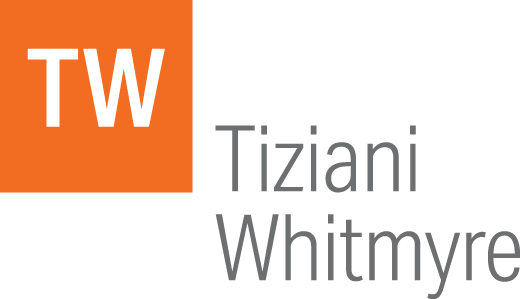Inbound vs. outbound marketing?
As B2B marketers finalize their 2010 marketing budgets, they must determine the amount of resources devoted to “inbound” as well as “outbound” marketing strategies. This decision can play a critical role in achieving growth and profitability goals and a high return on their marketing investment.
Inbound marketing is an exciting set of tactics that attracts prospects to your brand and company. This strategy includes Web site search engine optimization, Google Adwords, blogging, social media and networking (LinkedIn, Twitter, FaceBook) word of mouth (buzz), referrals, and interactive public relations. We call them inbound tactics because they do not target specific audiences with outbound stimuli or offers to generate responses. Prospects tend to find our messages as they search the Web, chat with colleagues, or network online. Brand recognition and acceptance are essential to successful inbound marketing, since the prospect is not directly incented to respond. With inbound marketing, we are joining a conversation, hoping our messaging will be discovered by the broad audience we want to influence. Inserting high-quality content into this discussion can prove highly effective in gaining attention and nurturing those that shape opinions.
Outbound marketing represents the power drill in the B2B tool kit. It includes the advertising (print and online), trade show, e-mail, direct response and traditional PR tactics that typically absorb most of the marketing budget. These vehicles incorporate brand/product messages and offers to heighten awareness and stimulate response. Outbound marketing campaigns are more easily focused on specific audiences and ensure exposure to large numbers of prospects. But this efficiency comes at much higher cost. With an outbound strategy, marketers are buying their way into the dialog, crashing the party with attention-getting messages to generate leads and build brand.
The Benefits
Inbound or outbound marketing? Each has its strengths and weaknesses. The leads generated from inbound marketing tend to be more highly qualified and convert to sales opportunities at dramatically greater rates (10% to 30%) than those from outbound tactics. They also come at lower cost. But outbound campaigns produce larger lead quantities, more consistent response rates, and far more brand impressions — albeit at higher cost.
Both strategies are essential elements of a winning marketing program. The engaging nature of inbound tactics is highly complementary to outbound marketing’s throw weight and firepower. We recommend clients spend from 20% to 30% of their budgets on inbound tactics to leverage the B2B buyers’ new proclivity for search, networking, and dialog.

